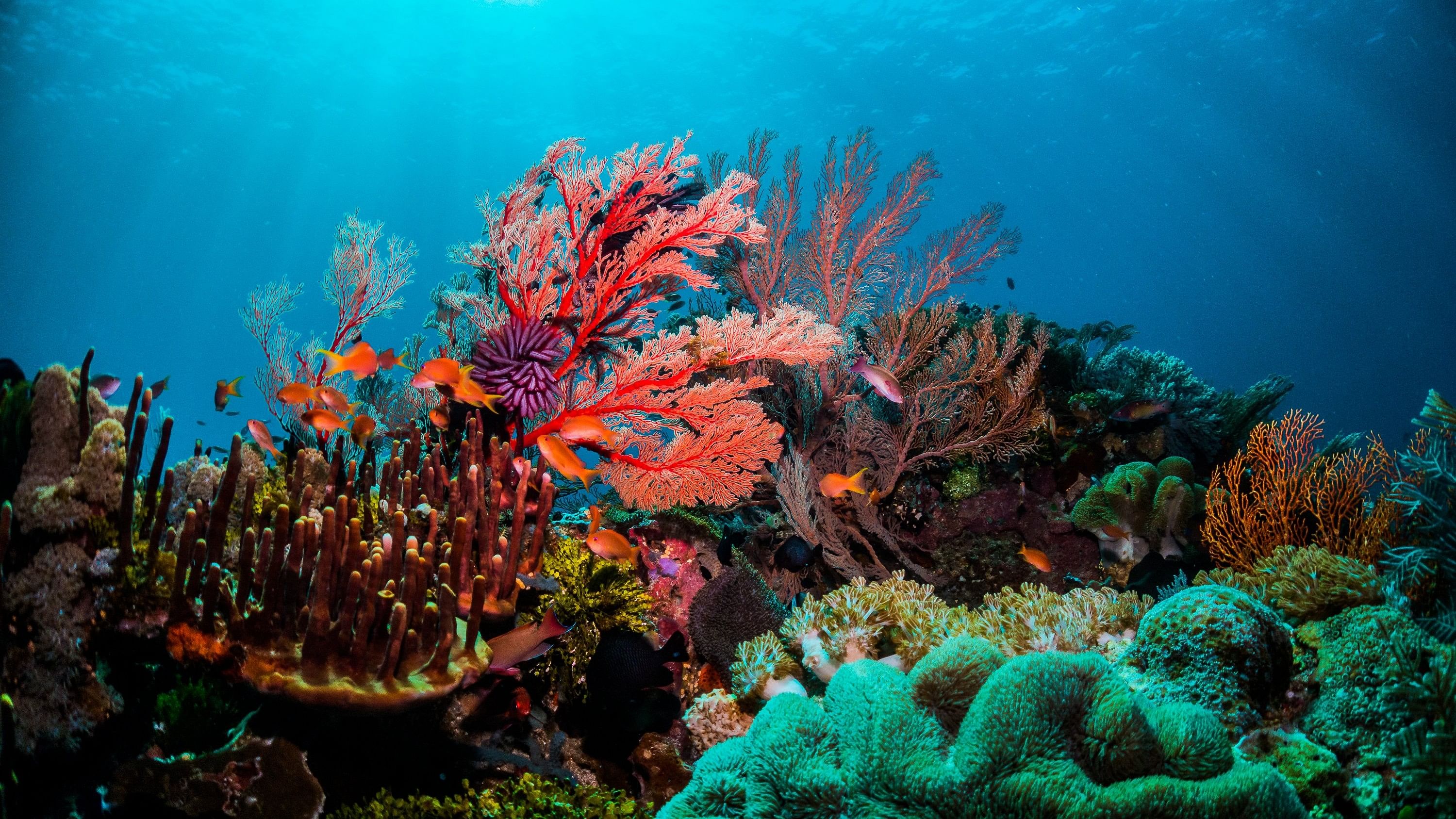
Representative image.
Credit: iStock Photo
New Delhi: Heatwaves during the summer are well-known in India. Lesser known but more critical are marine heatwaves. The frequency of these heatwaves is rising rapidly in the Indian Ocean including the Arabian Sea.
Marine heatwaves lead to coral bleaching, seagrass destruction and loss of kelp forests, wiping out habitats and affecting the fisheries sector adversely. An underwater survey showed that 85 per cent of the corals in the Gulf of Mannar near the Tamil Nadu coast got bleached after the marine heatwave in May 2020.
Though recent studies have reported their occurrence and impacts in the global oceans, they are least understood in the tropical Indian Ocean.
“Climate models show that marine heatwave days are around 50 per year now, but are set to rise to 250 in a year by 2050,” Roxy Mathew Koll, a senior scientist at the Indian Institute of Tropical Meteorology (IITM), Pune told DH.
“The heatwaves can last for a few days to a few weeks. During heatwaves, the temperature in the Arabian Sea increases from 25-26° Celsius to 30-33° Celsius.”
The western Indian Ocean experienced a four-fold rise in marine heatwaves followed by north Bay of Bengal which has seen two-to-three-fold rise.
Over the past two decades, the IITM team has researched extensively on rapidly increasing sea surface temperature in the Indian Ocean.
The warming has led to a sharp decline in phytoplankton, a food source for many aquatic creatures including fish. Historical simulations have indicated a 20% drop in marine phytoplankton population in the last six decades. However, satellite data shows that the decline is up to 30 per cent in the western Indian Ocean since 1999.
Other researchers spotted similar trends. “The Arabian Sea is warming faster than other oceans impacting the biology of water columns,” said Manguesh Gauns, senior principal scientist at National Institute of Oceanography (NIO), Goa.
One of the consequences of phytoplankton depletion is a disappearing food source for sardines and mackerels. Last year, an NIO study showed that the catch of Indian oil sardines had halved in 2018 compared to 2017 due to a drop in food availability for this species of fish.
Aware of the seriousness of the situation, scientists are developing tools for studying the ocean. Researchers at Central Salt and Marine Chemical Research Institute at Bhavnagar led by Soumya Haldar have come out with tools for long-term prediction of coral bleaching in the Indian Ocean and to study phytoplankton diversity.
“The consequences of warming may already be happening along the Indian coast. We just don’t have sufficient data,” noted Koll.
